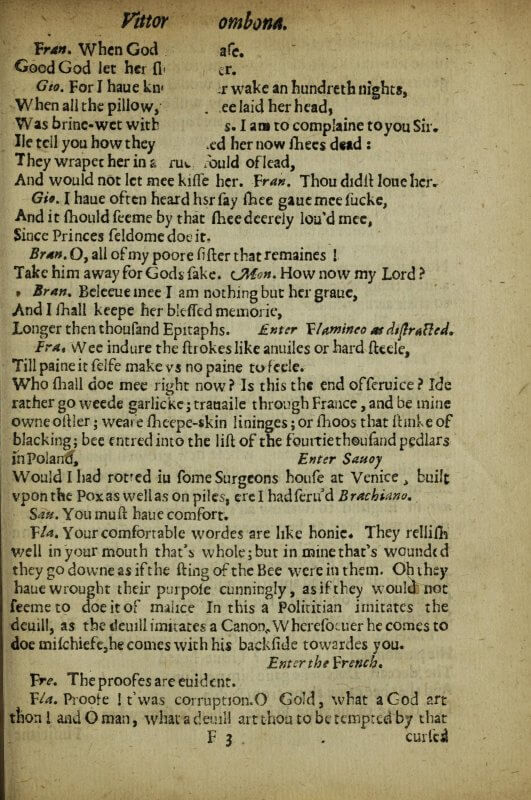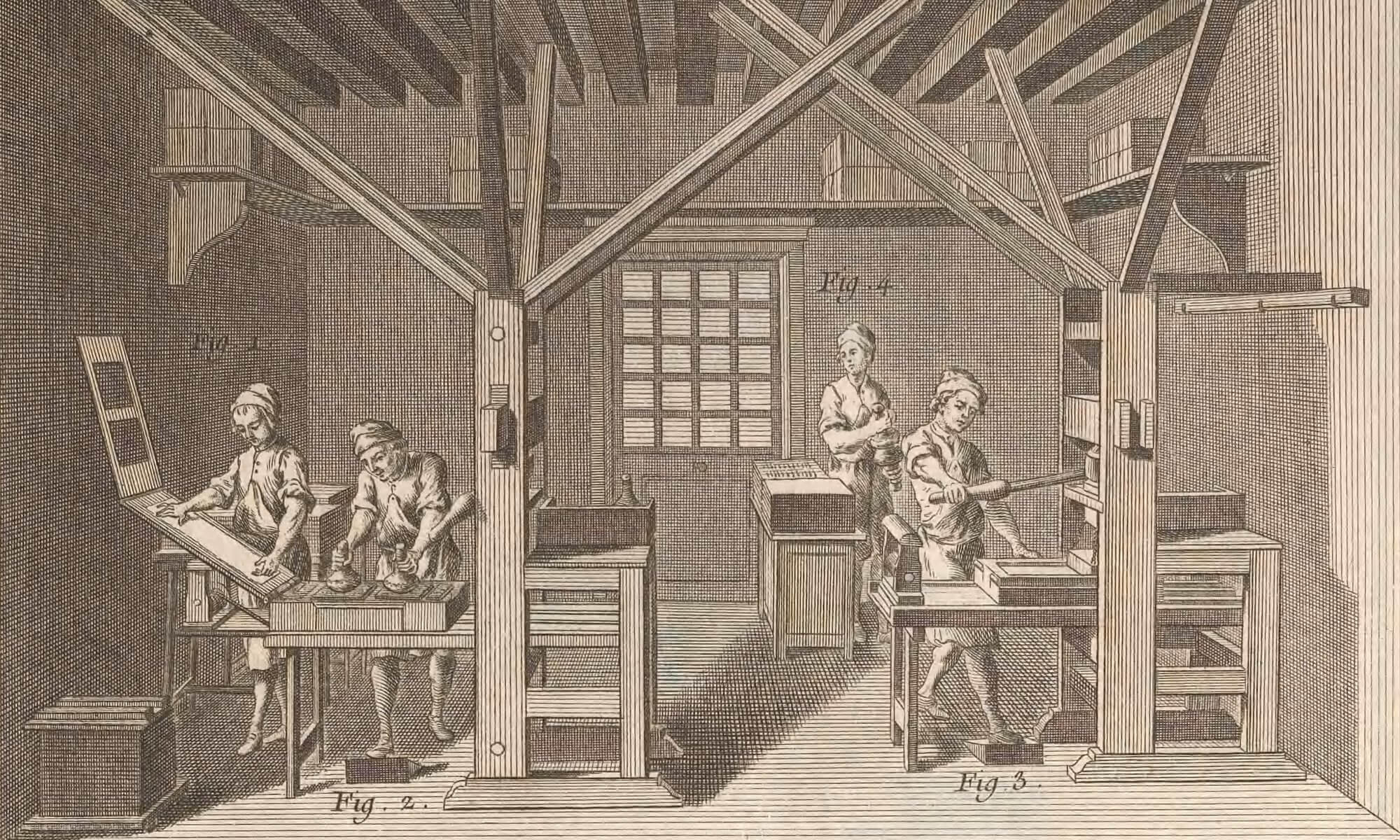Beaumont and Fletcher, Scornfull Lady, 1651 (B1r)
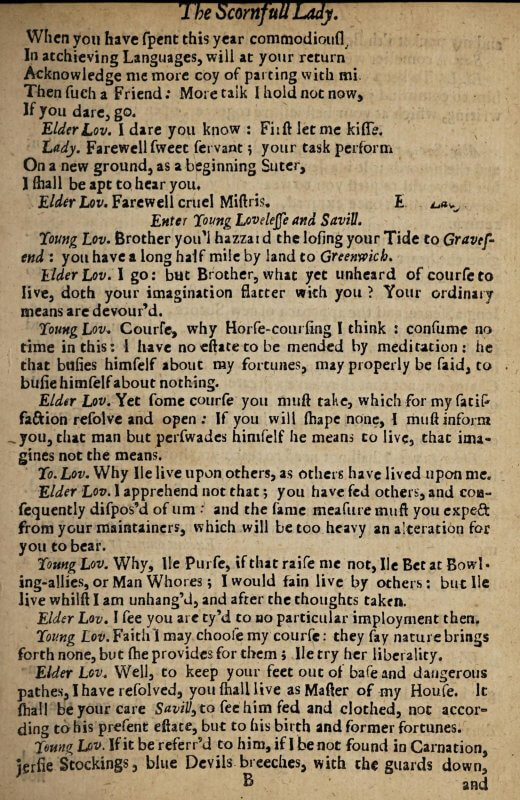
Bible, Massachuset, 1663 (A1r)
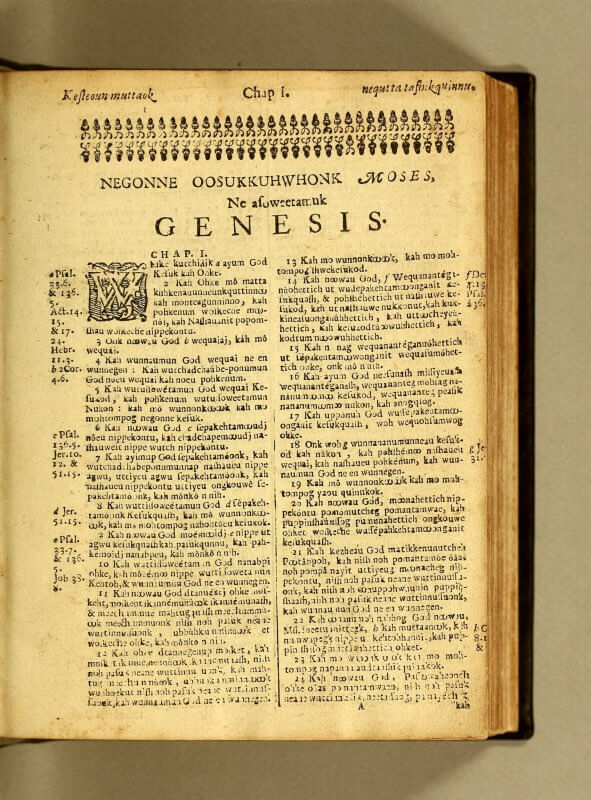
Connecticut, Proclamation, 1783
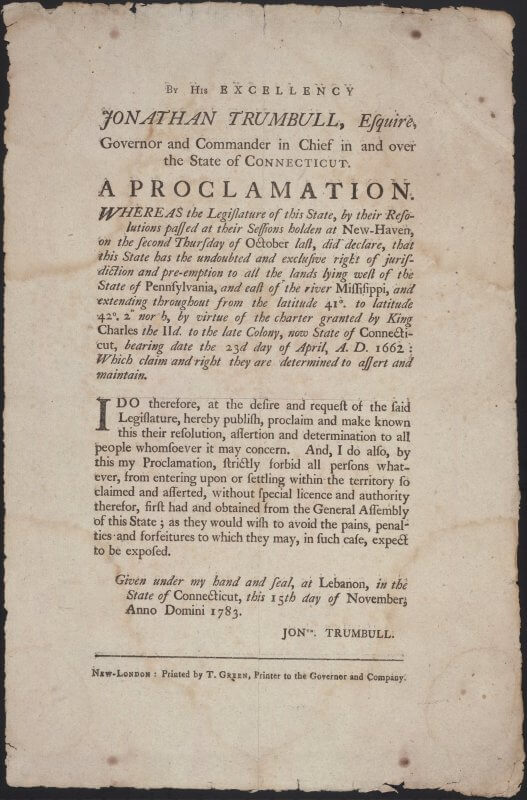
Fletcher, Thierry, 1621 (C1v corr.)
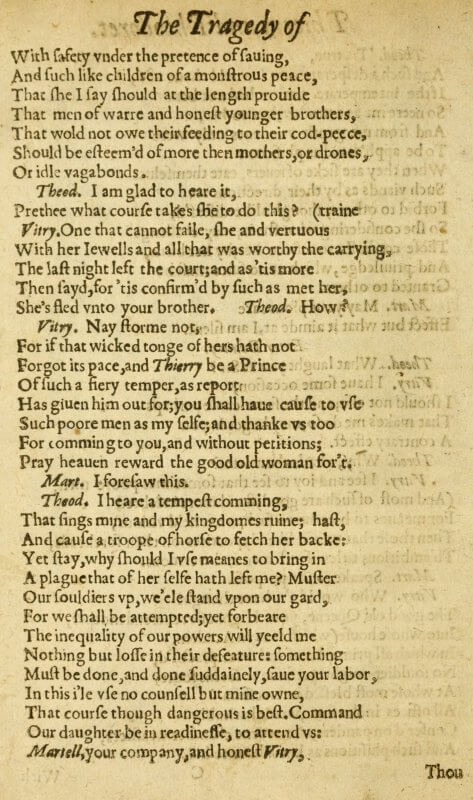
Fletcher, Thierry, 1621 (C1v uncorr.)
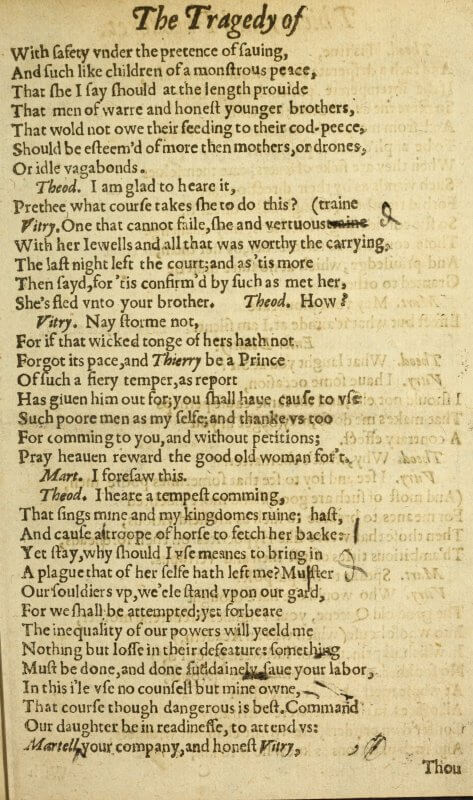
Marmion, Antiquary, 1641 (H4r)

Moxon, Mechanick exercises, 1683 (pl. 24)
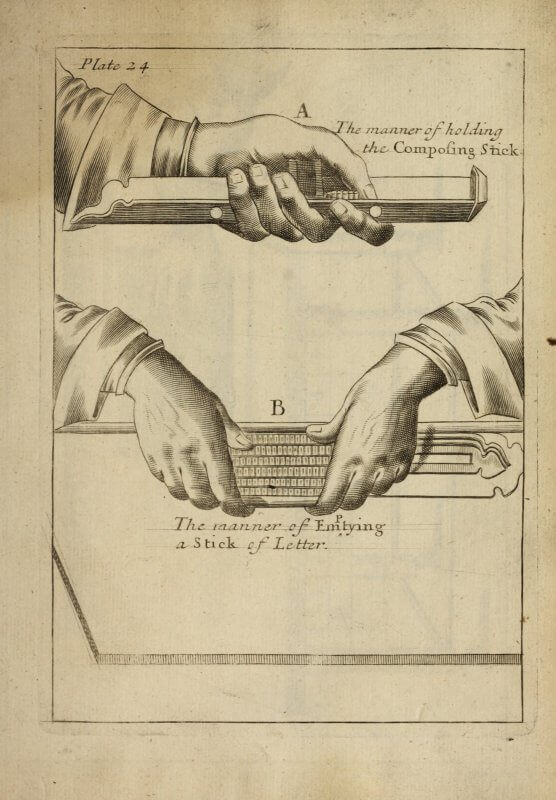
Webster, White Devil, 1631 (F3r)
